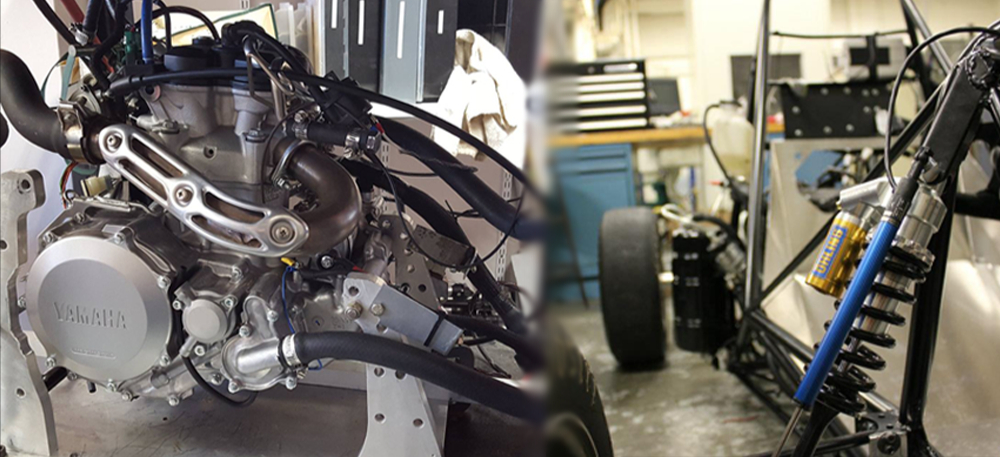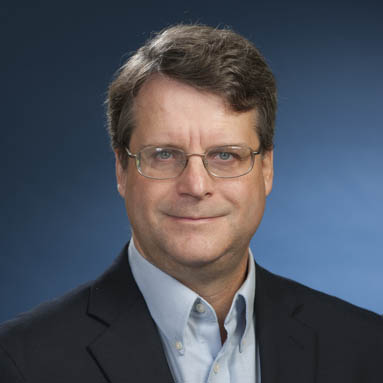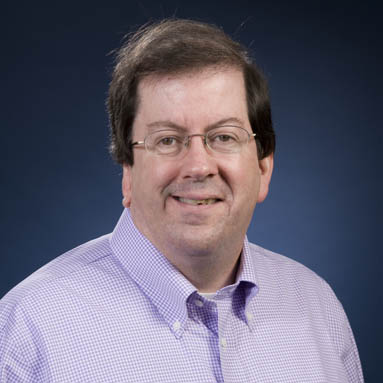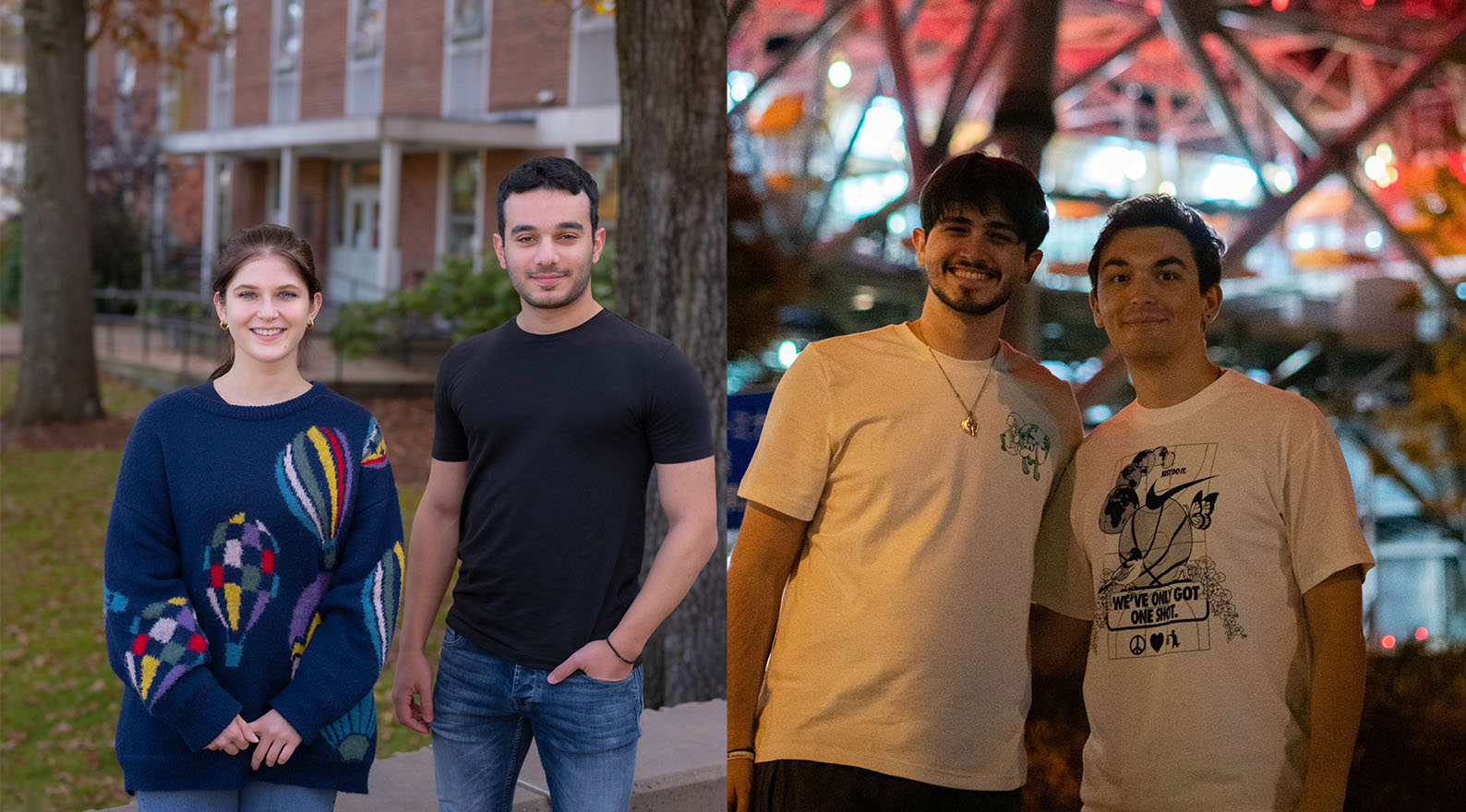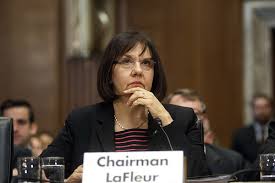
Cheryl LaFleur, chairman, Federal
Energy Regulatory Commission, will give
the keynote address, “The New Energy
Economy: Challenges and Opportunities.”
Forces of energy will converge on campus Wednesday, Oct. 8, when the country’s top energy regulator and area experts gather to discuss “Building the Talent Pipeline for the Energy Industry” at the 2014 Energy Symposium. A presentation on “Sustainable Energy from Kites” with Professor David Olinger is scheduled for the same day.
Cheryl LaFleur, chairman, Federal Energy Regulatory Commission, will give the keynote address at this year’s Energy Symposium. Her topic will be “The New Energy Economy: Challenges and Opportunities.”
The event will give industry leaders and students a chance to learn about developments, technologies, challenges, and career opportunities in the energy industry. Participants will also discuss WPI’s progress in building a pipeline of well-qualified, diverse people to lead the industry in the future.
Later the same day, Olinger will lead a talk on the theory, modeling, and operation of kite-based power systems, and present studies done at WPI.
Although the scheduling of these two events on the same day is coincidence, it’s not surprising, says Professor John Orr of the Electrical and Computer Engineering Department and co-director Liberal Arts and Engineering.
“WPI has maintained a strong focus on energy—and not just electrical energy—since its founding in 1865,” Orr says. Mechanical, chemical, and electrical engineering students and faculty—as well members of the business school—have been at the forefront of energy education and research from harnessing wind and water energy to current cutting-edge research on battery storage, and from chemical engineers researching bio-materials and fuel cells to the business department exploring commercial opportunities.”
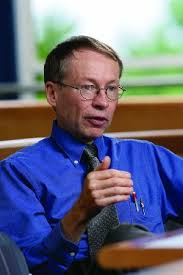
John Orr
“It’s important to bring these pieces together, get people talking to each other and communicating,” says Michael Ahern, director of power systems in the Corporate and Professional Education division, adding that the Energy Symposium was launched in 2012 for just this purpose.
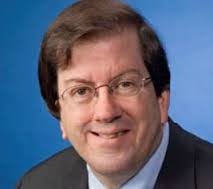
Michael Ahern
Now is the perfect time to explore research, educational opportunities, and careers in energy technology, says Ahern, because of demographic and technological trends. One-third of the leading engineers in this field are expected to retire in the next few years, and there is a technology gap between the increasingly sophisticated Internet and the existing electric energy grid. Companies need engineers educated in electric energy policy, grid modernization, and cybersecurity, among other disciplines, to fill those vacancies, he says.
At the same time, there is a dearth of talent available. For most of the past three decades, there has been a slow, steady decrease in interest in electric power engineering by engineering students, according to Orr. “The electrical power industry was not seen as high-tech or as exciting as other areas like computers and communications,” he says. “It was never just stringing wire on poles, but that was the perception.” Additionally, as the electric utility industry went through a series of regulations changes, companies were not hiring.
RICHER RANGE OF SKILLS
That has changed, says Orr, whose Introduction to Contemporary Electric Power Systems course registered an impressive 80 students last year. “Over the last three to four years there has been a real resurgence in interest in electric power engineering,” he says. “Now the industry is seen as more high-tech and more interesting to engineers, and there is a much richer range of skills needed.”
“Students see good careers [there],” says Ahern. “This is an industry that typically leads to long-term careers, it is resistant to outsourcing or off-shoring, and the pay is very competitive.”
Students who attend the symposium will have a chance to join National Grid personnel for a tour of the company’s nearby Sustainability Hub, where they can discover the latest in energy efficiency and emerging technologies.
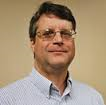
David Olinger
Olinger’s talk on kites will include research about low-cost kite-powered water pumps for developing nations (these kites measure about 100 square feet while others for larger projects can be the size of half a football field). Airborne energy system kites go up to 1,000 feet in the atmosphere, as opposed to wind turbines, which are between 200 and 300 feet high. Higher altitudes means greater wind speeds, more potential for energy output.
Kites used to harness the power of ocean currents are more like a rigid underwater wing, according to Olinger, but are used for the same purpose. Harnessing ocean currents with kites is much newer, he says, but equally usable; only a handful of companies and schools worldwide are looking into it. “An ocean current is just like a wind flow. … The kites have the potential for a lot of power output. There are prototypes that produce about 50 kilowatts of power—enough to power about 50 homes.
“The visual impact of wind turbines hurts them,” says Olinger. “Kites have a smaller profile. A kite at 1,000 feet? You can hardly see it.”
The symposium will run from 7:30 a.m. to 3 p.m. at the Rubin Campus Center Odeum. For more information, visit http://cpe.wpi.edu/symposiums/energy/index.html
The “Sustainable Energy from Kites” talk will be held in Salisbury 104 at 5 p.m. (refreshments available).


